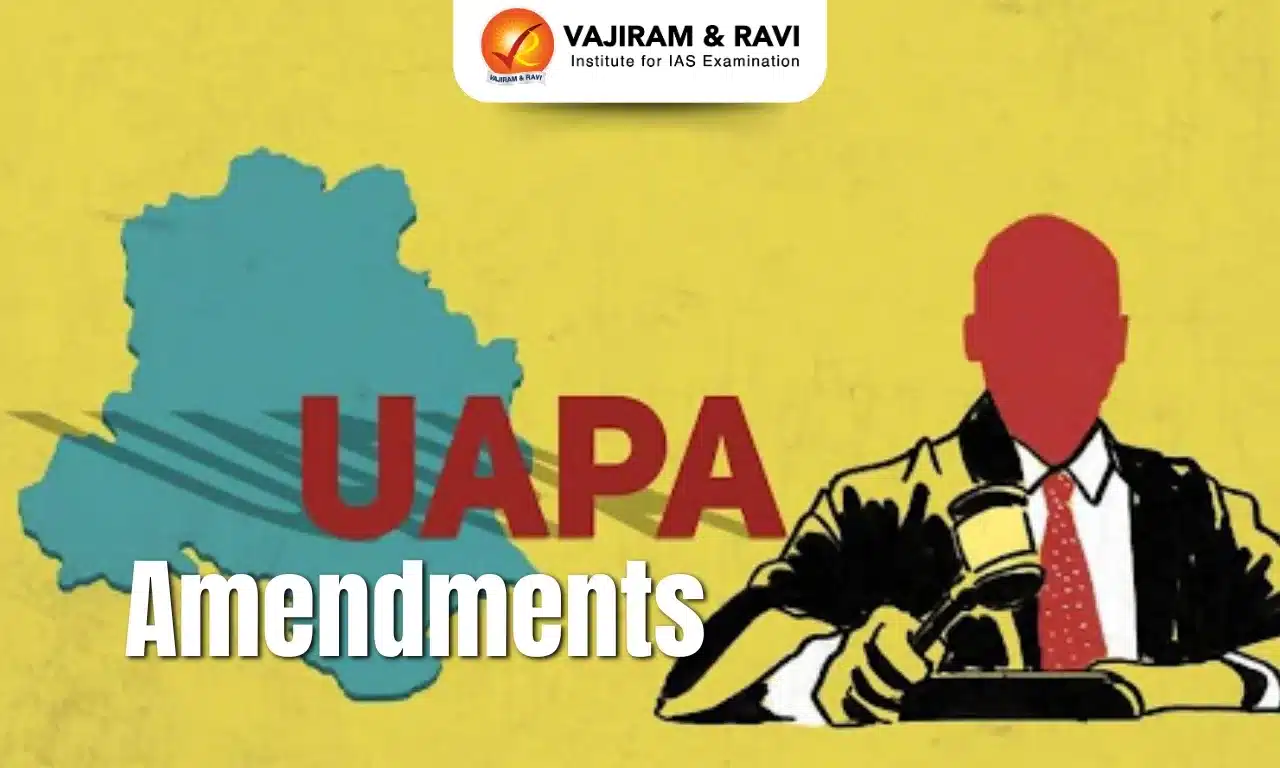What’s in today’s article?
- Why in news?
- How does the electoral system of Nepal work?
- Background:
- Federal election of Nepal
- How does the voting work?
- What is the process of formation of government in Nepal?
- News Summary
- What does this mean for India?
Why in news?
- Pushpa Kamal Dahal ‘Prachanda’ has been appointed Nepal’s new prime minister for a third time.
How does the electoral system of Nepal work?
Background
- The new constitution passed in 2015 declared Nepal a federal state with three levels of government: federal, provincial and local.
- Adult franchise and periodic election have been categorically stated in the preamble to the Constitution.
- The Constitution provisioned different types of electoral system at local, provincial and federal level:
- first past the post (FPTP) system for the election of Local Level, and
- In FPTP system, the candidate with the highest number of votes in a constituency is declared the winner.
- The system of allocation of seats on the basis of the votes secured by political parties is the proportional electoral system.
- the mixed electoral system of first past the post and proportional representation for the election of State Assembly and House of Representatives.
- The use of two different electoral systems at the same time is known as mixed electoral system.
- This system has mixed the merits of plurality/ majority or other electoral systems and proportional representation electoral system.
- first past the post (FPTP) system for the election of Local Level, and
Federal election of Nepal
- There are 334 members in the Federal Parliament, out of which the House of Representatives (HoR) has 275 members and the National Assembly (NA) has 59 members.
- For federal election, Nepal has selected the mixed electoral system:
- The first past the post electoral system within plurality/majority electoral system and
- List-based proportional electoral system within the proportional electoral system.
- Political parties submit the list of candidates to the election management body (the Election Commission in case of Nepal).
- Political parries select the winning candidates based on the number of seats secured by them.
- Members of the House of Representatives are elected as follows:
- 165 members are elected through the first past the post electoral system;
- 110 members are elected from political parties through a proportional representation electoral system.
Image caption: Strength of both the houses the Parliament of Nepal
How does the Voting work?
- Each voter will be given two ballot papers for the two methods (FPTP and PR).
- A party has to cross the election threshold of 3 percent of the overall valid vote to be allocated a seat under the PR method.
What is the process of formation of government in Nepal?
- Federal parliament (HoR+NA) will elect a prime minister, who is the real executive head.
- The leader of the party that wins a simple majority is invited to form the government. A party or a coalition needs 138 seats for a clear majority.
- Members of the HoR are elected for a five-year term.
- The National Assembly (NA) is a permanent body.
- 56 members chosen by an electoral college consisting of PA members and village and municipal executive members.
- Three members are nominated by the president.
- It has a term of six years, with one-third of its members retiring every two years on a rotational basis.
- The president and vice president are constitutional posts with nominal power.
- They are elected by an electoral college formed by the HoR, NA and Provincial Assembly (PA) members.
- The members of the PA choose chief ministers to run the respective provinces.
- A total of 753 local units, spread across 77 districts in seven provinces, have been elected to run the village and municipal administration.
News Summary: News Prime Minister of Nepal
- Communist Party of Nepal (Maoist Centre) chairman Pushpa Kamal Dahal ‘Prachanda’ has been appointed as the new Prime Minister of Nepal.
- He had joined hands with rival K P Sharma Oli, chairman of the Communist Party of Nepal-Unified Marxist Leninist (CPN-UML), and other smaller parties.
- Prachanda has claimed the support of 170 parliamentarians in the 275-member House.
- Prachanda and Oli have reached an understanding to lead the government on rotation basis, and Oli agreed to make Prachanda Prime Minister in the first round.
Background
- Elections in Nepal, held on November 20, failed to produce a clear winner. It saw the ruling coalition of prime minister Sher Bahadur Deuba (of Nepali Congress) lose its majority.
- After the election, the Nepali Congress became the single largest party with 89 seats, while CPN-UML and CPN-MC got 78 and 32 seats respectively.
What does this mean for India?
- Both Prachanda and Oli are seen as pro-China.
- Prachanda has in the past said a new understanding with India needed to be developed on the basis of “changed scenario” in Nepal and after addressing all outstanding issues.
- Outstanding issues between the two countries include revision of the 1950 Friendship Treaty and resolving Kalapani and Susta border disputes among others.
- On the other hand, Oli, in 2021, claimed that efforts were being made to oust him after his government redrew Nepal’s political map by incorporating three strategically key Indian territories.
- Nepali Parliament, in 2020, unanimously approved the new political map of the country featuring Lipulekh, Kalapani and Limpiyadhura areas which India maintains belong to it.
Q1) How does Nepal elect its Prime Minister?
The leader of the party that wins a simple majority is invited to form the government. A party or a coalition needs 138 seats for a clear majority. Members of the HoR are elected for a five-year term.
Q2) How is President elected in Nepal?
The president is indirectly elected by an electoral college comprising the Federal Parliament of Nepal and the provincial assemblies of each of Nepal’s seven provinces, who themselves are all directly elected.
Source: Maoist chief Pushpa Kamal Dahal ‘Prachanda’ becomes Nepal’s new PM | Election Commission Of Nepal | Aljazeerz | Hindustan Times | Times Of India
Last updated on January, 2026
→ Check out the latest UPSC Syllabus 2026 here.
→ Join Vajiram & Ravi’s Interview Guidance Programme for expert help to crack your final UPSC stage.
→ UPSC Mains Result 2025 is now out.
→ UPSC Notification 2026 is scheduled to be released on January 14, 2026.
→ UPSC Calendar 2026 has been released.
→ UPSC Prelims 2026 will be conducted on 24th May, 2026 & UPSC Mains 2026 will be conducted on 21st August 2026.
→ The UPSC Selection Process is of 3 stages-Prelims, Mains and Interview.
→ Prepare effectively with Vajiram & Ravi’s UPSC Prelims Test Series 2026 featuring full-length mock tests, detailed solutions, and performance analysis.
→ Enroll in Vajiram & Ravi’s UPSC Mains Test Series 2026 for structured answer writing practice, expert evaluation, and exam-oriented feedback.
→ Join Vajiram & Ravi’s Best UPSC Mentorship Program for personalized guidance, strategy planning, and one-to-one support from experienced mentors.
→ UPSC Result 2024 is released with latest UPSC Marksheet 2024. Check Now!
→ UPSC Toppers List 2024 is released now. Shakti Dubey is UPSC AIR 1 2024 Topper.
→ Also check Best UPSC Coaching in India

















